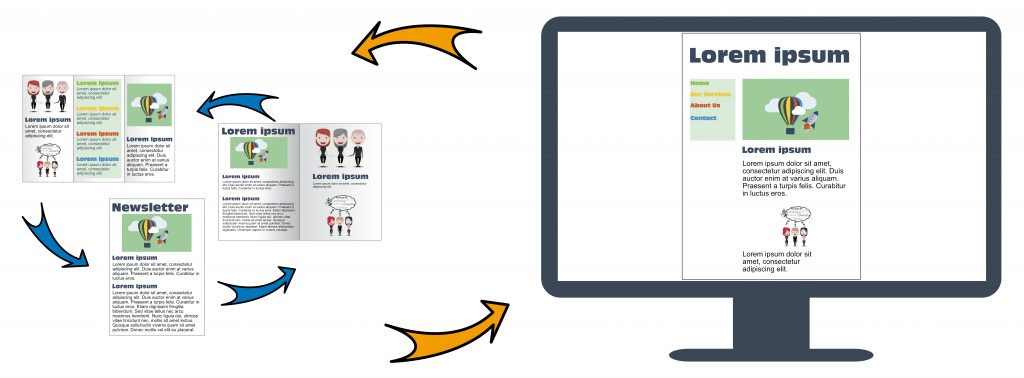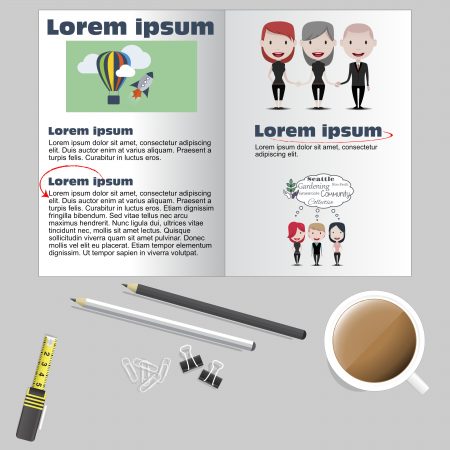Copywriting for informational websites and blogs
hidden for layout purposes
4 steps to successful Web copy
Collapse All
1. Brainstorm
When we talk about “Web copy”, we mean copy written for publications such as your group’s informational website, your blog etc., not press releases and the like. These we will cover in the section about Online PR. The ins and outs of obtaining a domain name and setting up a website are discussed in the section on Web design and hosting.
Similar to the process of drafting any print medium, a good website or blog starts with you jotting down some ideas on paper. At a minimum you should figure out the answers to these questions:
- What is this website for?
- Are you simply trying to establish an informational website to introduce your group to any visitors that may stop by (or that you are directing to your site)?
- Do you have regular events which you would like to announce/showcase/highlight?
- Are you using your website to solicit donations or recruit volunteers or even sell something?
- Who is your audience?
- Members
- Donors
- Volunteers
- Given both of the first few points, what do you want to get across at a minimum?
[Click here to close]
2. Information you should always include
- Name of your group/organization
- Logo if you have one; if not make your name stand out by choosing a larger, different font (see also details regarding logo design)
- Postal address and phone number (set up a Google Voice number for this and route it to another phone number)
- Website address/URL (if you have one; see also the section on website design and hosting)
- Email address (preferably your email address @YOURDOMAIN.com; if you don’t have a domain registered or you don’t have an email for your group/organization, you can register a free email address YOURGROUPNAME@… or YOURNAME@… instead)
[Click here to close]
3. Carry your message across mediums
For example: you are a local garden collective that has made it their goal to reclaim vacant city lots in disenfranchised neighborhoods to put community gardens in. Your name: Seattle Garden Collective. Your mission could be something like, “The Seattle Garden Collective reclaims vacant city lots in disenfranchised urban neighborhoods in the Greater Seattle area in order to provide local residents with healthy food, restoring community and thereby contributing to a stable food supply.” Or whatever you pick. But this is what you tell people regarding what it is you do as well when you craft an elevator pitch/statement. And it’s what needs to resonate through everything you put out in writing. Therefore, if you are unsure, start with an elevator pitch/statement.
This means that in your newsletters, for example, you don’t all of a sudden start talking about something completely different, like the latest election, unless it directly affects what you do somehow, and then you need to draw that parallel. Likewise, your website, which functions both as an informational piece on the web, as well as a showcase of your work, needs to carry your main message while highlighting things you do related to that message.

4. A few general points
- Speak directly to your audience.
- Use headings and subheadings to group ideas and help the reader focused on items that are of interest to him or her.
- Avoid jargon and acronyms, even if you are sending the piece to people who “should get it”. Use clear language that everyone can understand.
[Click here to close]

